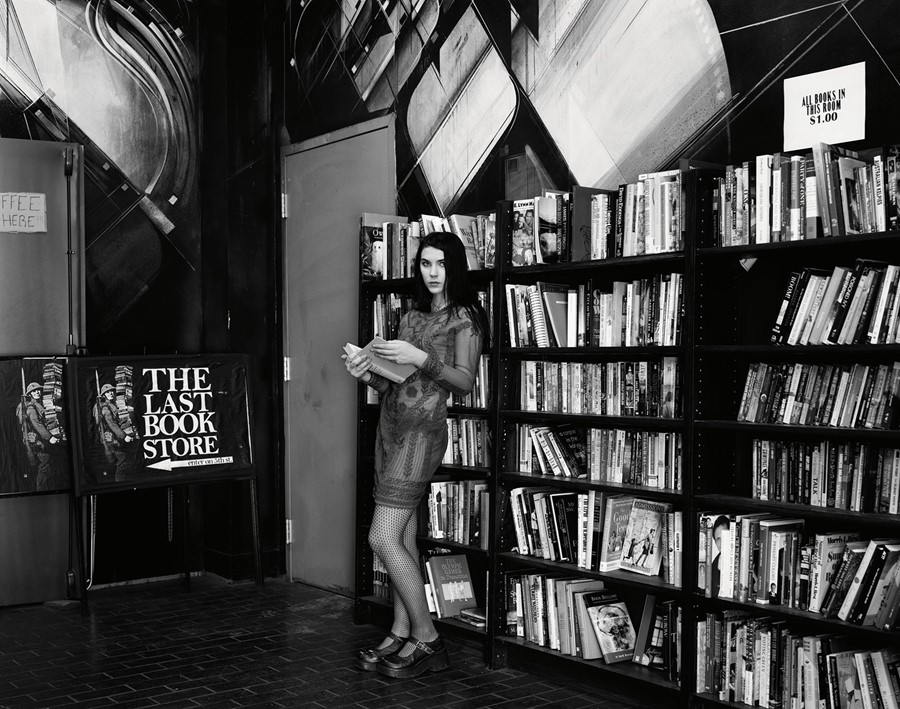Whether directly or symbolically, these memorable pieces of literature place the spotlight on fashion
Writers have long been preoccupied with clothes, costume, and what our outer layers can say (or refuse to disclose) about us. From Shakespeare’s cross-dressing dramas to the allure of a single, forgotten glove in Patricia Highsmith’s Carol, literature is scattered with significant accessories and outfits.
Here are eight short stories that prove particularly satisfying ground when it comes to thinking about the many possibilities and challenges of an outfit, from dystopian imaginings to revamped fairytales, taking in masked balls, bra fitters, and a funeral along the way.
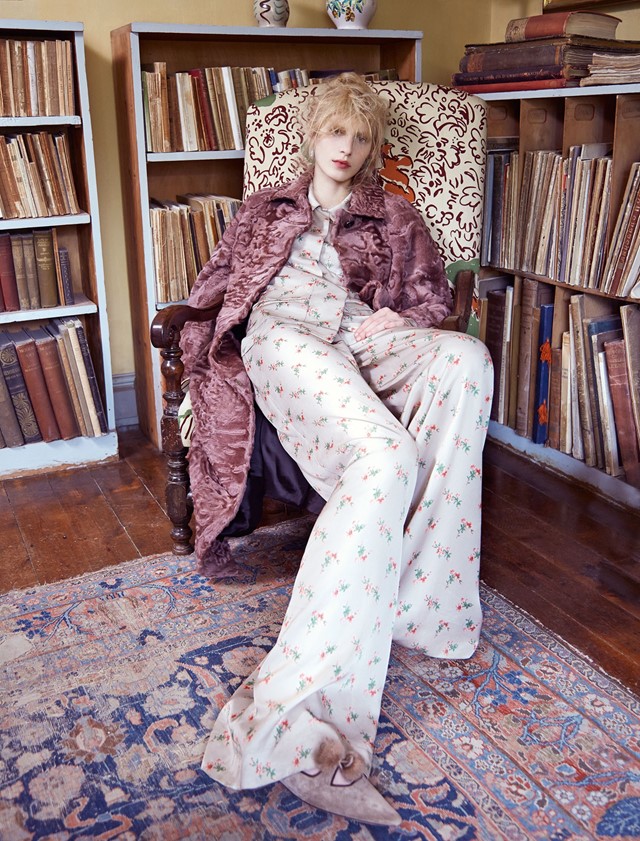
1. The New Dress by Virginia Woolf
Written around the same time that Woolf declared her now oft-cited interest in “frock-consciousness”, The New Dress details the searing embarrassment of Mabel Wearing who has turned up at Mrs Dalloway’s party in a “pale yellow, idiotically old-fashioned silk dress”. Enthusiastic about her appearance in advance, Mabel is immediately deflated on realising her jarring incongruity with the other guests. This realisation triggers a deep-reaching internal crisis about self, truth and identity, reinforced each time she catches herself in the mirror: “dipping into that dreadfully showing-up blue pool”.
2. The Secret Woman by Colette
In this sensual, compact story a husband and wife encounter each other at a masked ball: each having lied to the other about their attendance. Only the husband realises, jealously tailing his wife – dressed like an “eel-like Pierrot” in a “smock with vast sleeves” – as she enjoys the liberation afforded by her attire. Colette writes sinuously about voyeurism and disguise, the wife fleetingly rendered an “unknown woman… restored to her irremediable solitude and immodest innocence by a little mask and a concealing costume”.
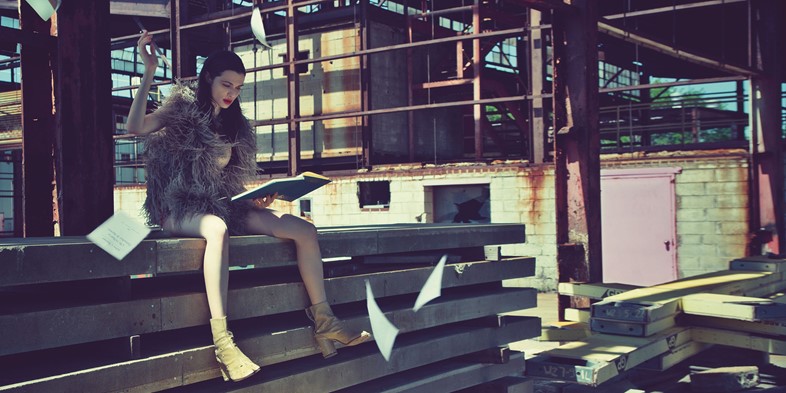
3. Real Women Have Bodies by Carmen Maria Machado
“You can’t put clothes on air. Not that they haven’t tried.” From her dark, sharp debut Her Body & Other Parties, this disquieting story imagines a world in which women are quite literally vanishing away – slowly becoming an eerie assessment of women and power. Revolving around Glam, a dress shop where the intricately made garments hang like “stringless marionettes,” Machado weaves a glittering, devastating fable about sex, physicality, queer relationships, actual and metaphorical invisibility, and the terrifying things that might be stitched into fabric.
4. My Flannel Knickers by Leonora Carrington
This characteristically Surrealist tale – written by an artist and author whose extraordinary output was overlooked for decades – concerns itself with a saint living on a traffic island whose “flannel knickers” (daily hoisted onto a wire to dry after washing) and gentlemen’s tweed jacket form an odd uniform for someone whose “beautiful face” used to “hang suspended over fashionable garments, smiling continually”. A curious account of aging, status and navigating “a jungle of faces, each ravenously trying to eat each other,” Carrington’s story offers all sorts of interpretations – but a send-up of fashion’s obsession with beauty, youth and surface can certainly be read among them.
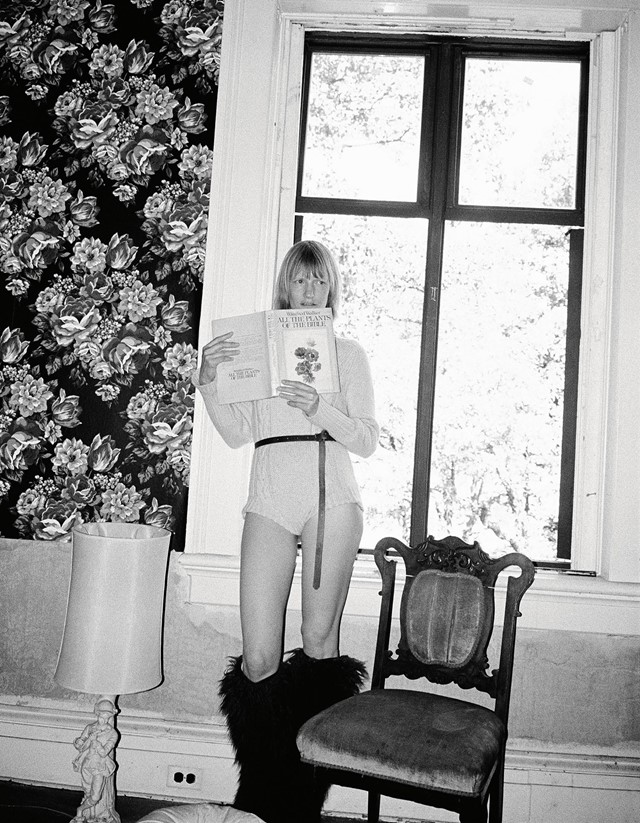
5. The Fitter by Helen Ellis
“The Fitter is what you call pilgrimage-worthy. He sees you, he sells to you, and you leave with your breasts and your spirits soaring higher than kites.” In the fitting room of an establishment run by a man with a rather extraordinary gift for bra sizing, a small drama of possession and jealousy plays out against the underwear racks. As with plenty of the stories in Ellis’ slyly funny collection American Housewife, The Fitter is full of bleak twists and beautifully observed details.
6. The Dark Lady by Margaret Atwood
The third of a trio of loosely interlinked tales in Atwood’s Stone Mattress, in The Dark Lady 60-something Jorrie and her twin brother Tin cut an unlikely set of figures at the funeral of poet Gavin Putnam: Jorrie’s arrogant ex-lover. Tin has vetoed Jorrie’s “shocking-pink Chanel”, but she’s still making a scene in “spike-heeled boots” and enough make-up to look “like a sequined leather handbag”. Along the way Atwood makes plenty of deliciously prickly points about aging, jealousy, muse-hood and the ways we entrap one another in writing.
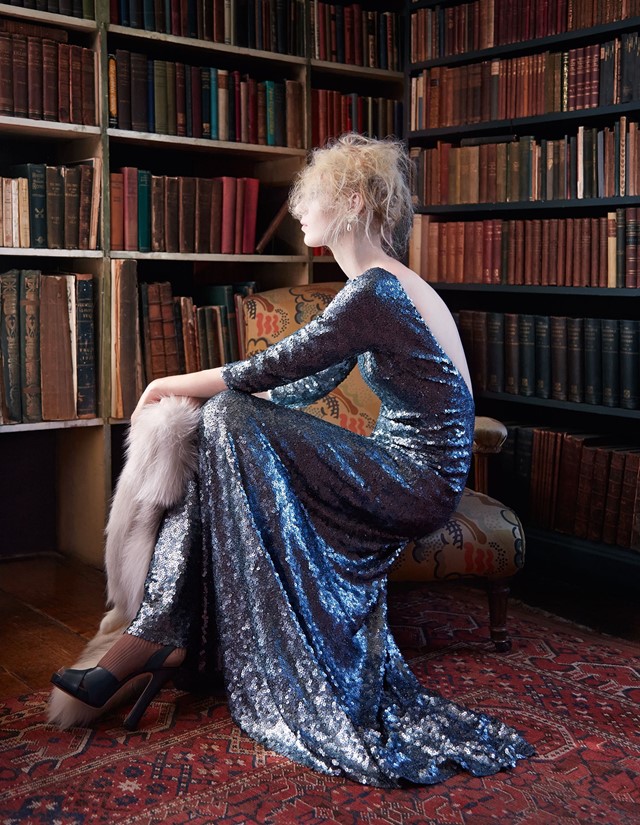
7. Rosette Manufacture: A Catalogue & Spotter’s Guide by Eley Williams
Eley Williams’ debut Attrib. & Other Stories is both inventive and energetic in its approach to language, this particular story no exception as Williams writes with wit and bite about the making of rosettes: “their ribboned edges can be ruffled or folded in on themselves so that they resemble a Vienetta”. Along the way Williams skips through the various symbolic and linguistic meanings of a ‘rosette,’ creating an increasingly sinister index of badges, politics, plants and animals – all borne along by the uneasy claim that “the pricking is the thing. The pinning down is the thing.”
8. The Tiger’s Bride by Angela Carter
Angela Carter’s writing is packed full of riches: costumes, disguises, and dazzling displays of artifice found everywhere, from Fevvers’ winged performances (but are they “fact or fiction?”) in Nights at the Circus to Dora and Nora Chance’s glitzy get-ups in Wise Children. In The Tiger’s Bride, the second Beauty and the Beast reworking in The Bloody Chamber, Carter constructs a highly textured tale. A young woman is forfeited to the beast by her father during a game of cards, and enters into a strange world where tears become jewels, nakedness has powerful consequences, and skin can eventually reveal fur beneath.
